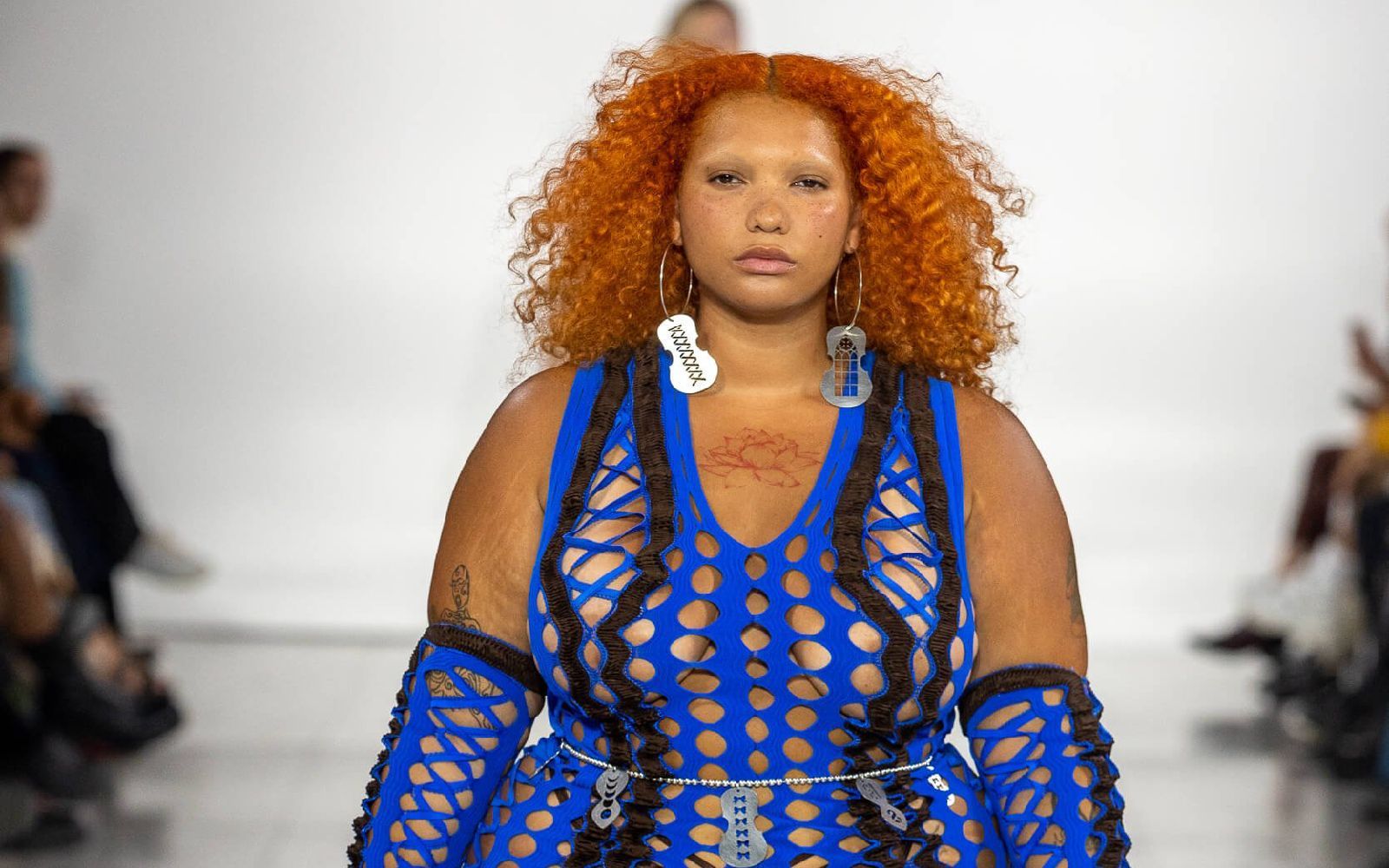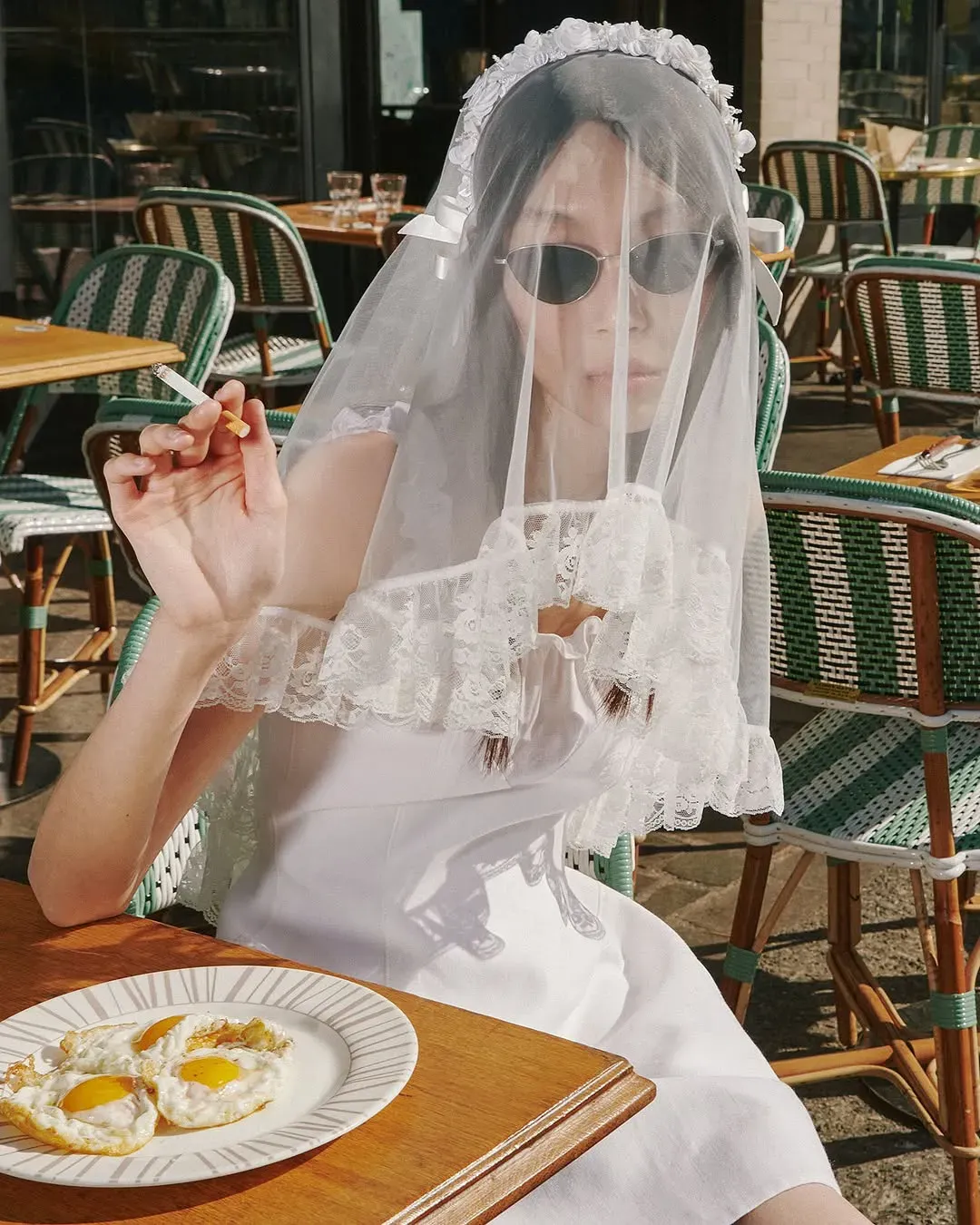
Street casting could make fashion more inclusive But the only creatives challenging conformity are independent designers
Diverse body shapes are natural. It is the most normal thing in the world that we all don’t look the same. Yet still, the fashion industry uses this to its advantage, polarising one specific body range as a trend. Last year, fashion media proclaimed the return of Heroin Chic, when it actually never left. Over 66 designers showed at London Fashion Week this season, and about 71 models were considered to be curvey, writes Felicity Hayward in a piece for Glamour last week. Overall, that is still the minority, but is casting starting to go through a change? Are brands starting to favour authenticity over mainstream beauty ideals? This season, the TikTok videos of Gizele Oliviera, a Brazilian fashion model, went viral. In three videos, she spoke about her experience modelling for Phillip Plein. For context – she wears a size 4 she says herself, in normal terms, that is considered a very slim size. When she arrived at the show as a confirmed model, they couldn’t close the dress. Despite having known her size, they expected her to be smaller, referencing a Victoria’s secret show she walked years ago. «How come it's 2023 and they don’t have any more sizes?,» she asks. She has a fair point – a point shared by many.
Vogue Business just published an index of size inclusivity this fashion season. Championing the list is Karoline Vitto, who is part of the current Fashion East co-hoard and showed at London Fashion Week. According to the index, the designer had 0 models who were a straight size, 75% mid-size and 25% plus size. Another highly favourable designer in this category is Sinead O’Dwyer, who is a current NEWGEN recipient of the British Fashion council. She had 38.1% plus-size models, one of the highest figures in that category. Rianka, who modelled for Sinead, described her casting process as rather unconventional because she knew the designer before. «Body shapes are a trend, which isn’t cool, but it reflects on what society wants, and I think we are moving in a direction where we slowly accept that not everyone looks the same way,» she says. «Even if the change seems to be coming, you can never be sure if a brand handles in the model's best interest since there is a lot of tokenism», she adds. «After the second show that I walked for Sinead, there was a TikTok posted by Vogue, which went viral. The comments all said something like bringing 90s models back, which is just silly.» It seems as if there are two types of people – the ones that want a more authentic view on fashion, and the ones who want the dream of fashion, which is there to sell, not to be ethically or morally correct.
i'm a big fan of what i've seen from Chopova Lowena #LFW i'm gonna keep an eye on them. brilliant casting too. it felt very fresh. pic.twitter.com/BRpljeiZ1G
— AGOSTINHO (@agostinhozinga) September 19, 2022
There is some hope – change is coming, but it isn’t as easy as a viral TikTok trend. Independent designers, especially those whon haven’t been bought by a corporation are pushing towards a new fashion narrative within casting. Last Season, Sarah Small from Good Catch, a casting agency based in London, did the casting for the inaugural Chopova Lowena show. The label has not only been championing an Eastern-European representation in fashion but also authenticity when it comes to the sizing of its items. Their products are available for most body shapes, from small to extra large. At their show, all faces were unfamiliar – all street cast and handpicked by Good Catch. In an interview with 1Granary, talking about more authentic models that tell a story rather than a supermodel, Sarah Small said that there might be a space for them in the industry, but it is still moving at a glacial pace. Last December, the brand had a sample sale in its Deptford headquarters, selling pieces ranging from XS to XL.
Sinèad O’Dwyer is known for her unconformity towards the regular sample size. In a Vogue interview, she spoke about her experience studying at the Royal College of Art in London, where she found her strength in larger sizes. She started off doing lifecasting, creating silicone moulds from different bodies to create sculptures. «Unlike conventional patterns, which cater to a specific body type (usually a size 6 or 8), the pieces explored a range of shapes and sizes,» she says. She exhibited the work in galleries and unintentionally created a clothing brand. Today she champions the calendar of London Fashion Week, by not only presenting a diverse size range on the runway, but also an authentic image of the streets of London.















































